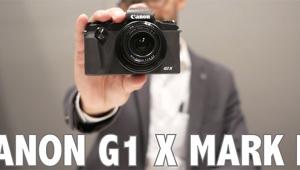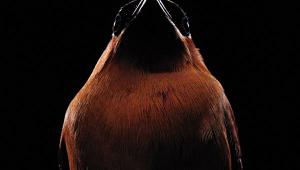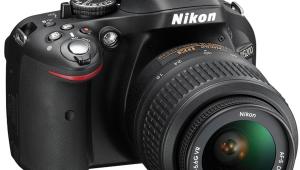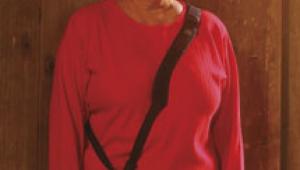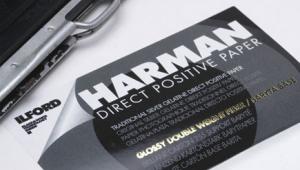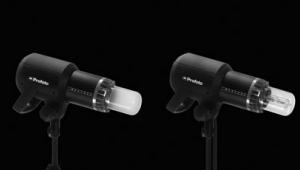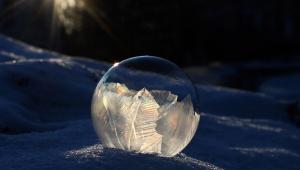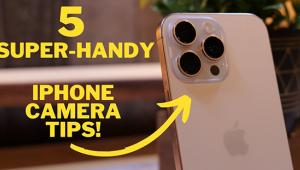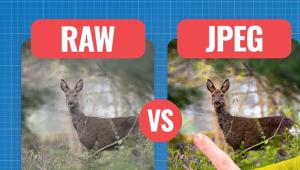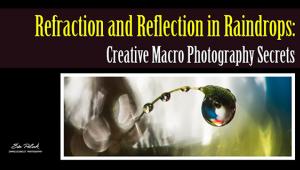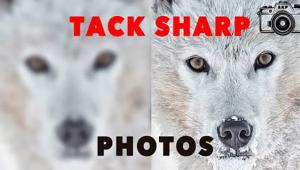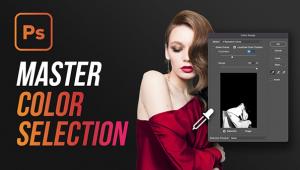Innovations You Have To See To Believe!
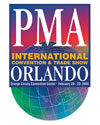 Weird
stuff is my favorite category at any show: the things that don't fit into
sensible categories, but are useful, or unusual, or yes, just plain weird. Some
manufacturers of weird stuff rejoice in being called weird (they are often the
most fun of all) but others sometimes flinch and say things like, "Um,
we'd prefer to be called, er, unique." At a frankly weak show such
as PMA 2005 I was able to devote a disproportionate amount of time to hunting
out weird stuff and I gathered a bumper crop, so let's start with the
weirdest of them all.
Weird
stuff is my favorite category at any show: the things that don't fit into
sensible categories, but are useful, or unusual, or yes, just plain weird. Some
manufacturers of weird stuff rejoice in being called weird (they are often the
most fun of all) but others sometimes flinch and say things like, "Um,
we'd prefer to be called, er, unique." At a frankly weak show such
as PMA 2005 I was able to devote a disproportionate amount of time to hunting
out weird stuff and I gathered a bumper crop, so let's start with the
weirdest of them all.
A Real Corker
Matching wine and food is famously enjoyable, and if you don't drink wine
or eat good food I suppose you can dispute whether Coke or Pepsi tastes better
with a burger. But how about matching drinks to cameras? My good friends at
Tiltall had a wonderful adapter that turns a bottle into a tripod. Well, a camera
support, anyway. I shot a picture of my Leica MP on top of a bottle of Columbia-Crest
Merlot Cabernet 2000, largely because I didn't have a bottle of Laphroaig
handy, but I could equally well have shot a low-end digicam on a 99-cent bottle
of Diet Coke. Over a million of these delightful gadgets have apparently been
sold or at least have been given away in Japan but there is zero commercial
availability in the US: this was a personal present. No one I showed mine to
could stop laughing. Will anyone pick them up? Don't hold your breath!
 |
|
|
Camera-Phone Tripod
In truth, of course, some form of camera support is always an excellent idea
whenever it is feasible, and I was well taken with a camera-phone version of
the UltraPod miniature tabletop tripod. Many modern camera phones have a standardized
button-catch on the back, and the new UltraPod engages with that as a quick-release
plate. A small adapter that screws into the tripod socket of a small digicam
allows similar quick-release action. Conventional UltraPods are distributed
by BKA but the camera-phone version will apparently be available from another
distributor: details were not finalized at PMA but you can find more details
from UltraPod themselves.
 |
|
|
Bright Light Add-On
Also on the BKA stand was one of the most useful little accessories I have seen
in a long time, the CameraBright!. This is a tiny four-head LED continuous lighting
source that screws into the tripod socket of any camera. It can be used as a
sole light source with fast films or with tripod-mounted cameras (of course
there are no synchronization problems); or for setting up video or flash shots,
as a sort of modeling light cum illuminator, before you turn on the "real"
lights; or to reduce redeye (the very bright light causes the pupil of the eye
to contract before the flash is fired); or as a macro light. Because of the
design, the units can be stacked together to create a mini light bank, screwing
the tripod screw of one into the tripod socket of the next. In one sense it
does not do much that a small flash cannot, but it is very small and hardly
expensive at $29.95 for the base model (daylight- or tungsten-balanced) or $34.95
for the double-bright X1-ER. Battery life is four hours continuous, but auto-off
means that most users should see many months, even a year, before needing to
change the batteries.
 |
|
|
Beach Blanket Photos
Returning to the realms of high weirdness, there are two companies that will
take your pictures and weave them into blankets, throws, or towels. Because
the picture is woven in, not printed on, the product can be washed in the same
way as any other. WovenArt does full color as well as two-color, but only does
throws, while TreasureKnit does throws/blankets and bargain-priced towels, but
only in two-color. At $24.95 for a beach-size towel, I'm already looking
for the pictures I want woven!
Deckle It
On a completely different note, I was much impressed with Art Deckle. This is
a very, very clever and very, very simple device for anyone who works with paper,
including photographic paper. Imagine a ruler with one straight edge and one
edge that is, well, deckle-edged. Tear paper along the deckle edge and you get
a repeatable but still clearly hand-torn effect, which is much in demand in
some circles including users of "alternative" processes, though
it works perfectly well with most papers, even RC. You can tear tight to the
edge for maximum repeatability or further out for a more random effect. As a
bonus, the deckle kits come with various sizes of stylus that can be used to
create embossed effects. The base kit (6, 12, and 18" decklers, three
styli, a brass brush for teasing out the torn edge, and a natural sponge) looks
expensive at $149 but it is beautifully made and with the possible exception
of the sponge should last forever. The top of the line Commercial set at $299
adds two 48" decklers while the intermediate Pro has just one.
 |
|
|
Clean Up
Barely photographic at first sight, but incredibly useful for all kinds of purposes,
are foam-tip swabs from SuperBrush. Cleaning cameras; removing crud (Corrosion
Residue and Undetermined Detritus) from processing machines; applying and detailing
makeup; prodding still lifes into place without leaving fingerprints; there
are endless uses for these things, and indeed, SuperBrush was prompted to come
to PMA because so many photographic studios were buying their makeup swabs for
all kinds of purposes.
 |
|
|
Image Options
Back in the mainstream, a very noticeable trend at the show was an attempt to
get people to make more real, tangible pictures, rather than leaving their images
in cyberspace or committing them to electronic storage media of dubious durability.
After all, even if your CDs don't bio-degrade to uselessness over the
years, will you still be able to read them in a decade or two? If this seems
far-fetched, reflect that the 3.5" floppy once seemed immortal but more
and more computers are being delivered without drives that can read them--and
that's even before you start worrying about software issues. Have you
tried reading WordStar lately?
 |
|
|
Many of the efforts to get people to print more pictures focused on more or less conventional media and presentation, whether silver halide or ink jet, such as the Spaark Printable Photo Album or the wonderful jigsaw puzzle making machine--a jigsaw puzzle from any picture--for which Brooke International has U.S.A. and Canadian exclusive rights. At least two companies, however, offered very interesting alternatives. The Great Alaskan Bowl Company laser-burns images into beech-wood bowls (I wondered about having a collection of my friends printed in a nut bowl) while Universal Laser Systems Inc. offers a tremendous range of possibilities for laser engraving, wood burning, surface stripping, and all kinds of other tricks on a vast range of materials including tiles, metal, rubber, paper, and more. The equipment required to do this is expensive--the Universal Laser Systems machine is about $10,000--so for most people this is going to be a "bureau" job where you pay someone to do the work for you, but it's a fascinating prospect.
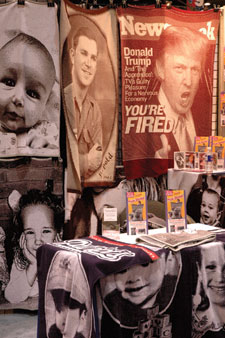 |
|
|
- Log in or register to post comments




